Who Are the Two Miraculous Survivors in Korean Plane Crash?
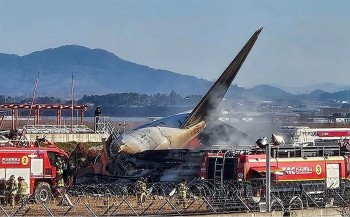 The Final 6 Minutes Before South Korean Plane Crash The Final 6 Minutes Before South Korean Plane Crash |
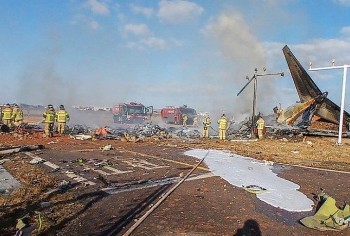 South Korea Plane Crash: Airport Runway Too Short South Korea Plane Crash: Airport Runway Too Short |
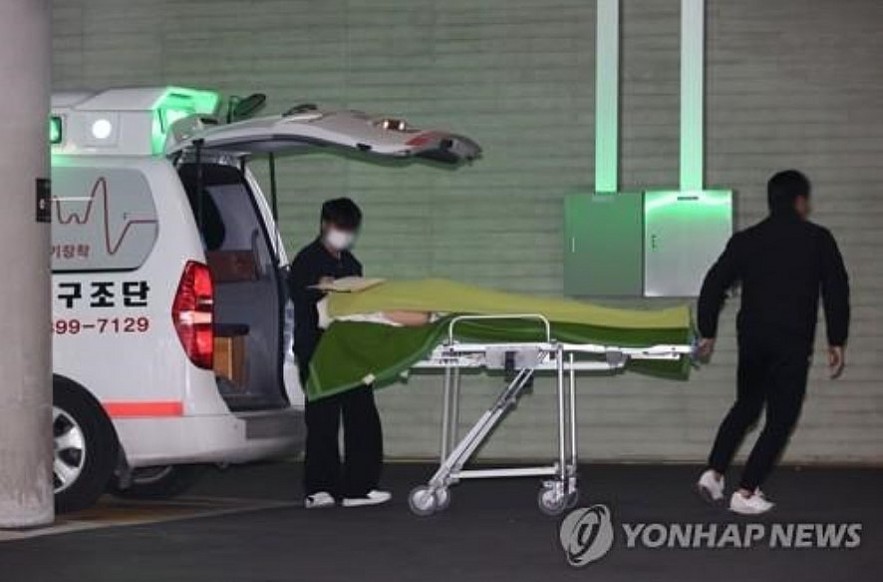 |
| Flight attendant Lee was taken to hospital after the plane crash. |
The tragic crash of a Jeju Air Boeing 737-800 at Muan International Airport on December 29, 2024, resulted in the loss of 179 lives.
However, amidst this devastating event, two cabin crew members—33-year-old Mr. Lee Mo and 25-year-old Ms. Koo—miraculously survived. Their survival has become a symbol of hope and resilience, while their accounts and circumstances may offer crucial insights into the causes of the crash.
The Male Survivor: Lee Mo
One of the two survivors of the Jeju Air disaster at Muan International Airport, Lee, a 33-year-old male flight attendant, reportedly described the disaster process by stating, "I woke up and I was rescued."
During a briefing at the hospital on the evening of the 29th, Joo Woong, the director of Ewha Womans University Seoul Hospital, where Lee was admitted, stated, "I did not ask in detail about the situation at the time of the accident because I thought there was trauma and it was not helpful for recovery."
"Communication is sufficiently possible," Director Joo stated when asked if Lee was exhibiting memory loss symptoms. He also underlined that "Memory loss is not a stage that can be said in particular."
After being treated at Mokpo Korean Hospital right after the accident, Lee was brought here at 4:15 p.m. The examination revealed that Lee had fractures to his ribs, scapula, and thoracic spine, and he is currently in the intensive care unit.
Director Joo specifically clarified that Lee is undergoing intensive care because of the potential for side effects like general paralysis, and that appointments with the Department of Mental Health are planned for psychological treatment.
Learn more: Surviving Flight Attendant Recounts the Moment Jeju Air Plane Crash
The Female Survivor: Koo
Ms. Koo, a 25-year-old flight attendant, was also located in the rear section of the plane. Asan Medical Center in eastern Seoul is treating the other survivor, Ms. Koo, a 25-year-old flight attendant.
Like her colleague, she survived with significant injuries, including multiple fractures and a concussion. Koo has not yet provided a detailed account of the crash, as she remains under close medical supervision.
According to reports, Ms. Koo sustained head and ankle injuries, but her condition is stable. The medical staff refused to give more information about her condition.
Why Did They Survive?
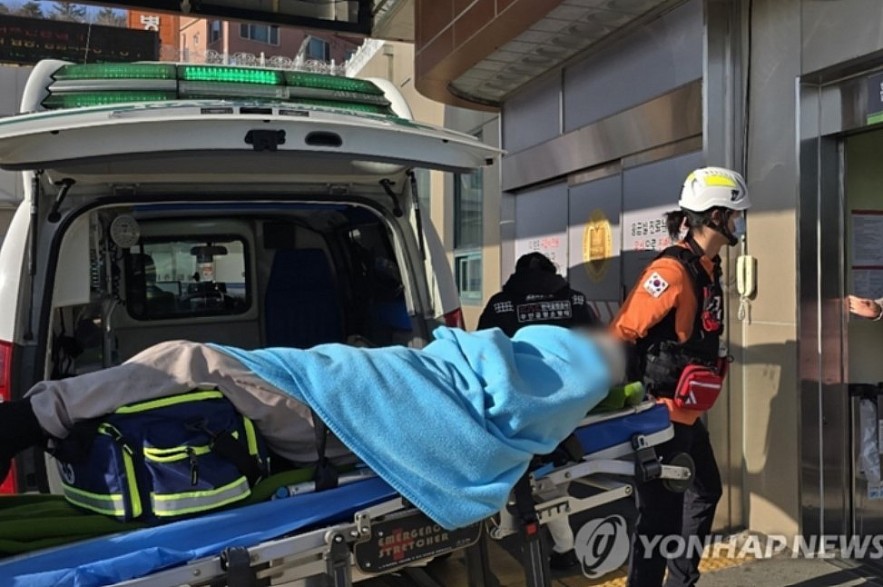 |
| One of the two survivors is taken to a general hospital in Mokpo city on December 29. (Photo: Yonhap) |
The survival of Lee and Koo has been attributed to a combination of factors:
Seating Position: Both survivors were seated in the tail section of the plane, which remained relatively intact during the crash. Studies of previous aviation accidents suggest that passengers and crew in the rear of the aircraft often have higher survival rates due to the distribution of impact forces.
Crash Dynamics: The plane attempted a belly landing after its landing gear failed to deploy, skidding along the runway before colliding with the airport’s perimeter wall. The tail section was less exposed to the full brunt of the impact compared to the front and middle sections, which were severely damaged.
Structural Breakage: Upon impact, the aircraft broke into two main pieces, with the tail section remaining more intact. This likely reduced the immediate danger to those seated in that area.
Safety Equipment and Procedures: As trained cabin crew members, both Lee and Koo had knowledge of emergency procedures, which may have helped them brace for impact more effectively than untrained passengers.
Sheer Luck: Survival in such circumstances often involves an element of chance, as no amount of preparation can completely mitigate the risks of a high-impact crash.
The Role of the Tail Section
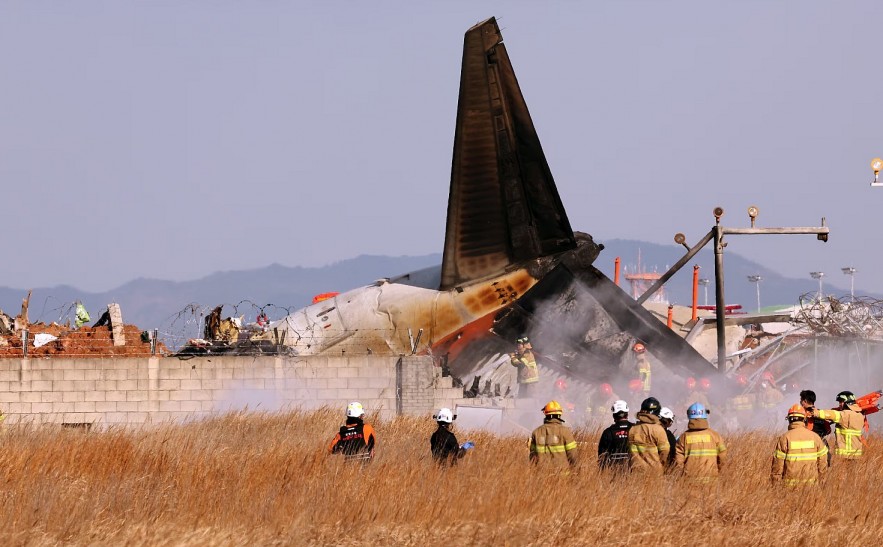 |
| 2 people miraculously survived while sitting in the flight attendant seats at the tail of the crashed Jeju Air plane. |
The relative integrity of the tail section where Lee and Koo were seated highlights the critical role that aircraft structure and crash dynamics play in determining survival. Aviation experts note that during accidents involving runway overruns or belly landings, the rear of the aircraft is often shielded from the full force of impact.
In this case, the aircraft’s tail section appears to have been less affected by the collision with the airport’s perimeter wall, which caused catastrophic damage to the front and middle sections. The fact that Lee and Koo were seated in this area likely contributed to their survival.
The Path Forward for Survivors
For both Lee and Koo, survival marks only the beginning of a long recovery process. Physically, they face months of medical treatment and rehabilitation to recover from their injuries. Psychologically, they must cope with the trauma of surviving a disaster that claimed the lives of nearly everyone else on board.
Experts emphasize the importance of providing comprehensive support to survivors of such incidents, including mental health counseling and assistance in dealing with survivor’s guilt, a common psychological response among those who endure mass casualty events.
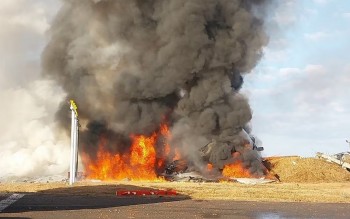 Cause of South Korea Plane Crash: A Bird Strike, Damaging the Landing Gear Cause of South Korea Plane Crash: A Bird Strike, Damaging the Landing Gear The tragic crash of Jeju Air flight 7C2216 on December 29, 2024, at Muan International Airport in South Korea, shocked the world. Only 2, both ... |
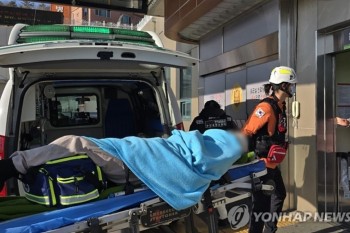 Surviving Flight Attendant Recounts the Moment Jeju Air Plane Crash Surviving Flight Attendant Recounts the Moment Jeju Air Plane Crash In the terrible accident that killed nearly all 181 people on a Jeju Air flight on December 29, Lee Mo was one of two fortunate ... |
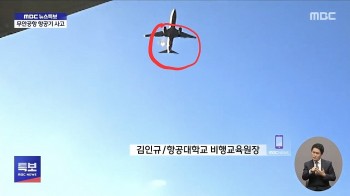 A Bird Strike Moments Before the Crash of Jeju Air Flight A Bird Strike Moments Before the Crash of Jeju Air Flight MBC News has released footage allegedly showing a bird strike moments before the fatal crash of Jeju Air Flight 2216. Investigation is underway. |
 'A Bird is Stuck on Wing' - Final Text Message of Jeju Air Plane Passenger 'A Bird is Stuck on Wing' - Final Text Message of Jeju Air Plane Passenger Just minutes before the tragic crash of a Jeju Air flight in South Korea, a passenger sent a text message to a family member in ... |
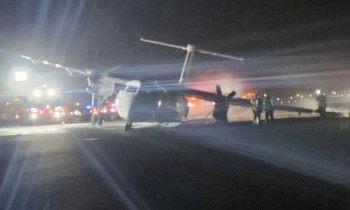 Air Canada Plane Catches Fire in Halifax just Hours After South Korea Tragedy Air Canada Plane Catches Fire in Halifax just Hours After South Korea Tragedy When an Air Canada passenger plane skidded along the pavement while landing at the Halifax airport, a major catastrophe was avoided. |


























